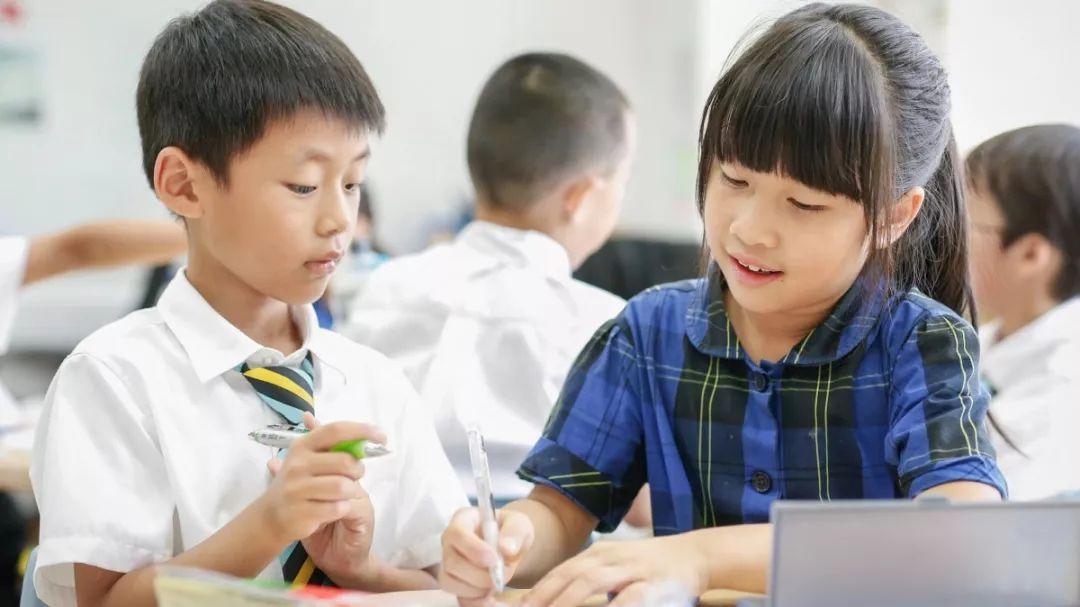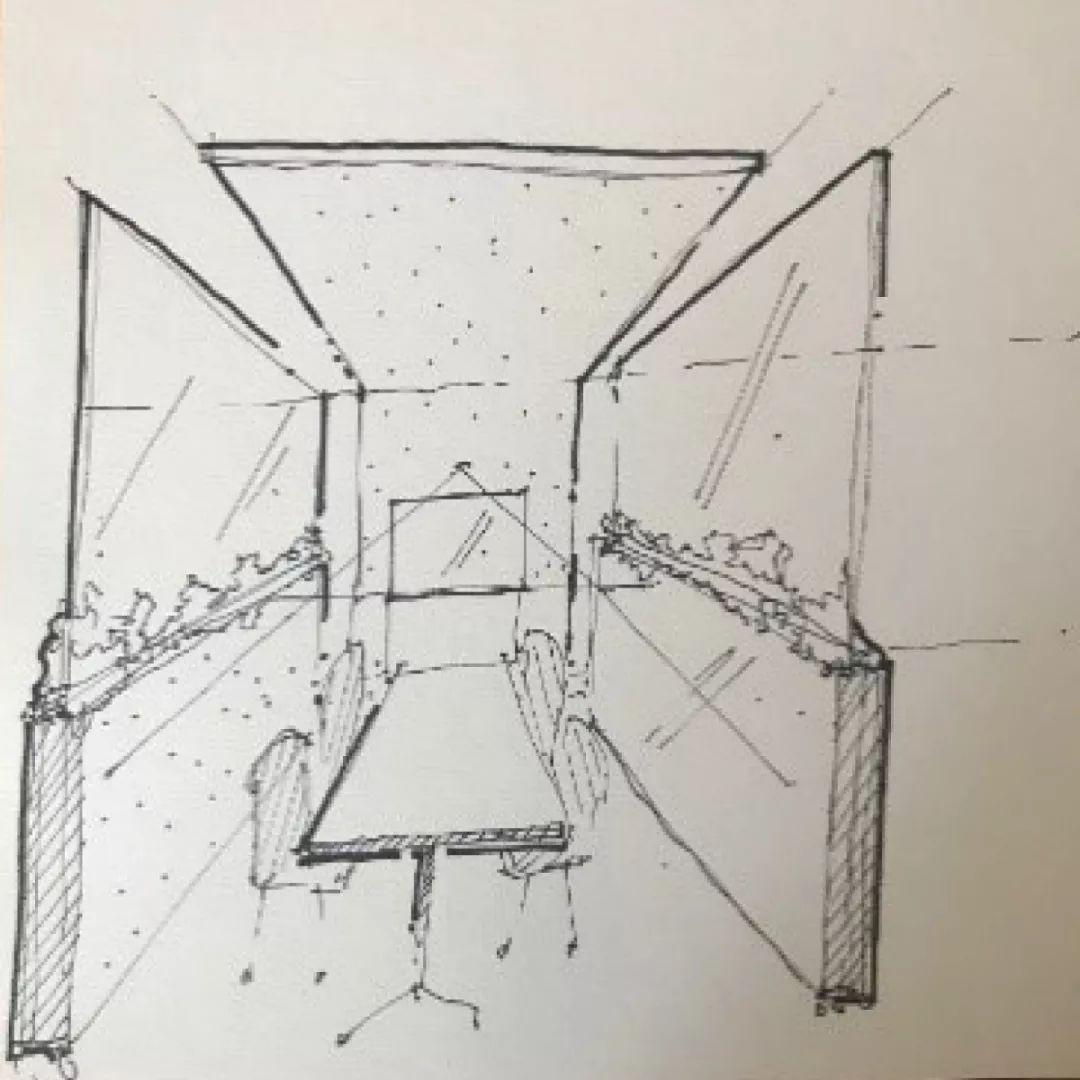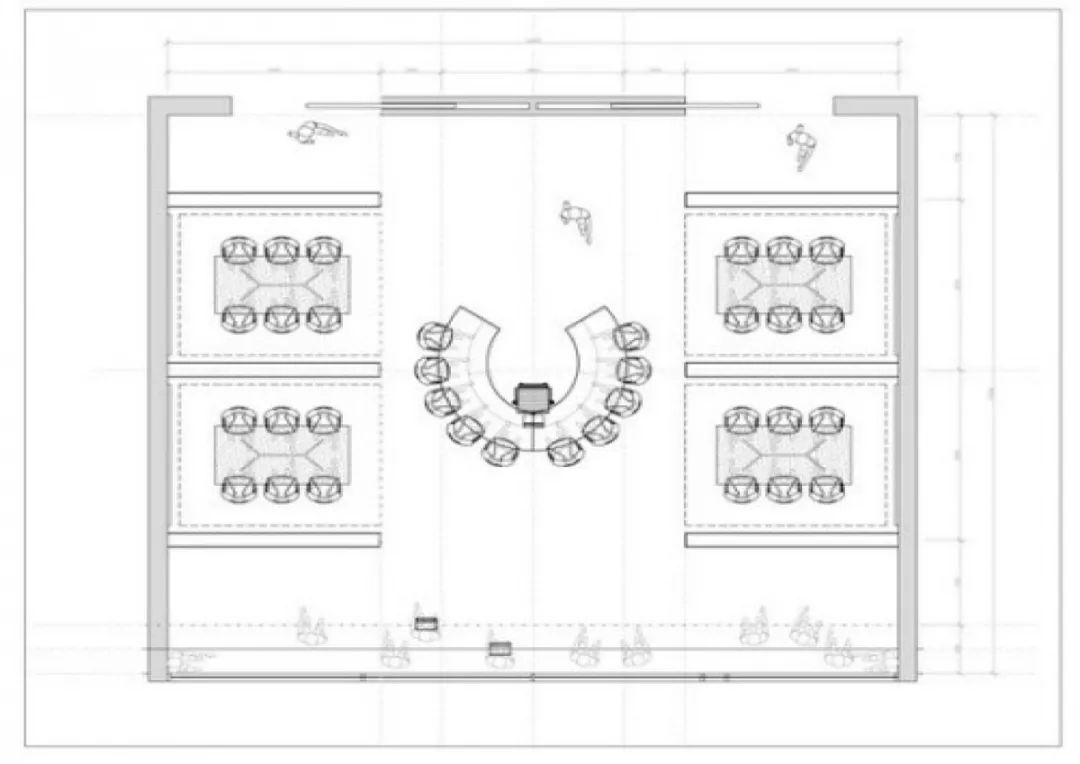Follow Us On Wechat!

Dr. Ahmed Hussain
Senior Director of AcademicsWellington College China
Society has never been more productive (McKinsey & Co, 2019). Together, technology and the spaces in which we exist are influencing the nature of social and professional interaction like never before. As such, these two aspects of humanity will also play an increasing role in facilitating learning and education.
What are the implications for learning, schools and education? This article explores the future possibilities for technology and the learning environment in maximising the impact of education.
Technology and learning
The dawn of artificial intelligence (AI) is upon us, but one should perhaps remain critical of the potential of AI. Regardless, the advancements of technology and AI are relentless and will influence society irrevocably.
For instance, it is reported that productivity will increase by 8% (McKinsey & Co, 2019), framing the potential for AI; the world of work will change and occupations of the middle classes may be dramatically impacted as AI undertakes these roles quicker and more reliably; for example, the medical, law or media industries. Perhaps there will be greater longevity in the caring economy or indeed education.

Meanwhile, learning is influenced by two parameters the structured learning experience created by the teacher and the school, along with the social and emotional context of the learner. Learning is maximised when the conditions are ideal for creating mental constructs. Conditions comprise all aspects of the environment in which learning takes place, the way lessons or learning are structured, providing learners explicit criteria for successful learning, and opportunities for pupils to apply learning to a given problem over a period of time, ideally in a social context. Secondly, when pupils are highly motivated, enjoy learning and feel like they belong, leaning happens much more effectively.
Learning: The future possibilities for technology
The future of technology will be at the heart of learning. Current applications of technology in education operate at the periphery of learning. The future of technology is to begin to position it at the centre of learning. AI offers this opportunity; for example, AI could be used to assess the following factors:
• Pupil engagement
• Wellbeing and involvement
• Independence
• Cognitive challenge
This information provided to a teacher in real time for each pupil in a class offers profound evidence that if manipulated can truly offer most likely interventions to maximise learning. Indeed, perhaps it can even offer the relative expected impact on learning of specific interventions for each child. This begins to place technology closer to the heart of learning. This is not conjecture; there are systems that are currently used at a research level to assess the list above. As these systems become increasingly robust and such technology more accessible, the potential for AI to have a significant impact on the quality of teaching is truly profound. Indeed, the Wellington College China Institute of Learning is currently undertaking research into:
• The relationship between pedagogical approach and levels of pupil engagement
• The link between scanning for wellbeing and involvement with the quality of teaching and standards of learning
Learning: The future role of the learning environment
The environment in which learning takes place has been demonstrated to have a profound impact on learning (Barrett et al., 2016). Work by Peter Barrett, among others, is offering clear evidence of the importance of the environment; e.g. 16% variation in learning between a well-designed and traditional learning environment. Thus, careful consideration of lighting, air quality, temperature, acoustics, access to nature, flexibility, ownership, colour and complexity can influence learning. The design of the learning environment is thus fundamental in order to maximise learning.
Let's explore the role of the environment through a current educational hot topic, independence. Promoting independence in learners is recognised as a fundamental outcome of a contemporary education, but how to do so is less certain. Independence in learning may be defined as: Independent learning is a process, a method and a philosophy of education, in which a pupil acquires knowledge, skills and understanding by his or her own efforts and develops the ability for inquiry and critical evaluation.
Therefore, promoting independence in our learners has implications for what is learned and how it is used. It is clear that the process of learning requires a measured approach to withdrawing support once there is evidence of the required underpinning knowledge has been acquired and then empowering learners to make scaffolded decisions about how they will utilise learning, often in a social context. In order to promote independent thinking and learning, how can the learning environment best maximise chances?
In partnership with SpaceZero, an interior design entity specialising in learning environments, we attempted to answer the question above. The solution started with the definition and concept of independence and then an exploration for cognitive operations required. The exercise identified that the role of the teacher is at the heart of the classroom offering access to scaffolded support to learners in order for them to move forward with learning.
This informed a series of initial basic designs that viewed the classroom organised into zones that supported various components of independent learning:
• Social seclusion: areas for pupils to reflect and think independently whilst remaining part of the classroom dynamic
• Areas for pupils to access information beyond the core knowledge introduced by the teacher
• Spaces for collaborative learning by groups of pupils
• A consideration for acoustics to allow for creative discussion whilst also the quite needed for reflection and independent study



This, in turn, led to an initial plan for a design of a classroom that had the teacher positioned centrally with a range of flexible spaces required for independent thinking and learning that can be owned and utilised by learners. This requires a more of teaching that emphasises efficiency in introducing knowledge directly coupled with maximising opportunities for pupils to utilise knowledge in an independent approach. The teacher at the hub of ongoing independent endeavours designed drive learners to deeper levels of independence in thinking and learning at a level that reflects interest and ability. The classroom would be a dynamic hive of purposeful activity that would be varied, dialogue valued, and pupils empowered to make choices about how and where they applied learning.

The plan was then utilised to generate rendering that incorporated design principles along with the independent learning philosophy resulting in a classroom that crafted to harness natural light, careful acoustics and links to nature. Learning informed zones within classrooms that harness the opportunity for reflection, self-determined learning activity and collaboration within an environment that has temperature, air quality, colour and flexibility to support the acquisition of learning. Perhaps an additional 16% each and every year!



classrooms
Dr. Ahmed Hussain from the Institute of Learning presented a summary of this work at the School Campus Summit in Shanghai May 2019. The concepts and philosophy will also be shared through the professional learning opportunities offered by the Institute of Learning throughout the 2019-20 academic year. To register for an event or to find further information please scan the QR code below.

References:
Barrett, Peter (2016) Clever classrooms. www.cleverclassroomsdesign.co.uk
Judge, David (2018) SpaceZero.










 沪公网安备 31010502004453号
沪公网安备 31010502004453号





 成功提交后我们将尽快与您联系,请注意来电!
成功提交后我们将尽快与您联系,请注意来电!







 成功提交后我们将尽快与您联系,请注意来电!
成功提交后我们将尽快与您联系,请注意来电!


